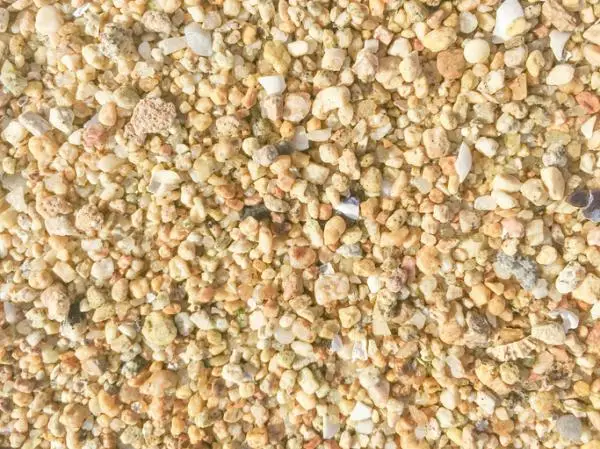Surely you have read or seen many references to vermiculite when amateurs or gardening professionals talk about some substrates or soils for plants. Although its name may seem otherwise, it is a very common and easy to find material, with multiple benefits to offer to plants.
If you are interested in gardening and you also want to learn more about substrates and you are interested in this one in particular, then join us in this article what is vermiculite, its uses and how to make it .
What is vermiculite
Vermiculite is nothing other than a mineral from the micas group that is made up of iron or magnesium silicates. It is a material with a high water retention capacity , which also tends to contain potassium, magnesium, calcium and ammonium, all of which are necessary elements for plants.
In the hand, it is a material that is very light and, in addition, has good properties as a thermal insulator. It is also well known for its expansion capacity, since when it reaches certain temperatures, it multiplies its volume between 8 and 20 times, a rare phenomenon to see in minerals.

Vermiculite uses
This material is commonly used as an acoustic and thermal insulator, as well as in a large number of functions as diverse as being a filter element or protecting fragile elements.
However, we are going to focus on its uses for vermiculite in gardening .
- When mixed with other substances such as coconut fiber or peat, vermiculite makes very good substrates for plants , especially if ingredients such as worm castings or perlite are added.
- As it is a lightweight, cheap and so beneficial material, it is very practical when preparing mixes for substrates for especially delicate plants, such as seedlings, although it can also be used in larger quantities in pots. Its water retention capacity helps to absorb excess moisture from the soil and gradually release it later, when the substrate dries up, making it an excellent moisture regulator, which also helps to keep the substrate aerated. . In addition, its mineral content is also very beneficial for plants, which absorb the components they need from it.
- Since it is an inert substance both chemically and biologically, you can add vermiculite to any substrate without fear of causing contamination of any kind and, in addition, its pH is around 7.
- It also stands out for its use in hydroponic crops , which are those that are carried out without soil, in plants that are simply kept in water. The vermiculite, which floats, helps provide them with a point to hold onto, also nourishing them with its mineral components.
- Finally, another of its common uses is to be added to plants that will have to be transported in closed bags or containers, since its ability to maintain humidity helps the plant suffer less.
 Image: ProveedoraForestal
Image: ProveedoraForestal
How to make the substrate mixture with vermiculite – step by step
One of the most used mixtures for large pots in urban or outdoor gardens is the one that is mainly composed of coconut fiber and worm castings, to which vermiculite is then added. The good thing about using coconut fiber and worm castings is that they are both very ecological and natural materials, and humus is also one of the best fertilizers.
Follow these guidelines to make the correct vermiculite substrate :
Ingredients
The proportions of these components should be 55% coconut fiber, 35% worm castings and 10% vermiculite.
Steps to make substrate with vermiculite
- If you buy coconut fiber in sheets, which is its most common form of commercialization, you should bear in mind that it is very compacted. As soon as you start adding water and separating it with the help of a rake or other tool, you will see that it multiplies several times its size, so start adding little.
- Next, add the worm castings, mixing it well with the coconut fiber and making sure to even out and aerate the substrate.
- Once the two components have been completely mixed, you can add the vermiculite, and also perlite if you have it. Spread them over the top layer of the substrate and mix them with your hands for the first few inches of the substrate.
If you follow all these steps, you will have a universal substrate suitable for the vast majority of plants, which will ensure ideal conditions for them.

